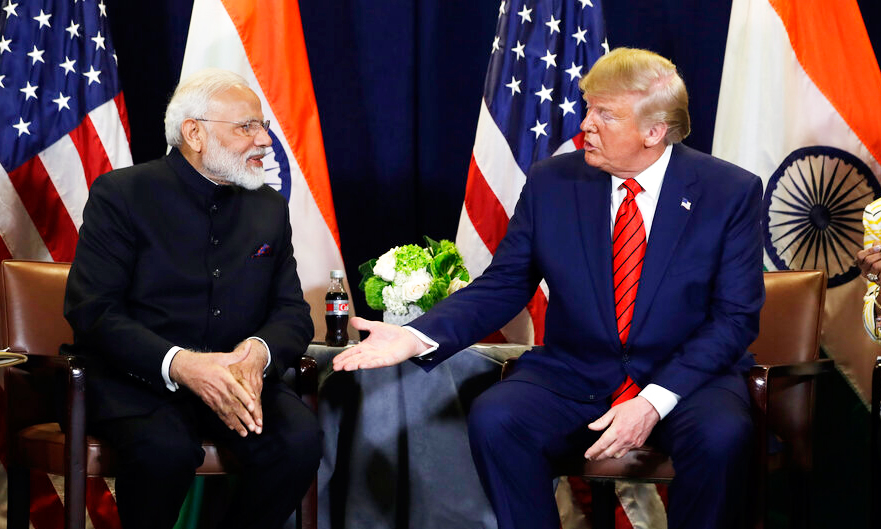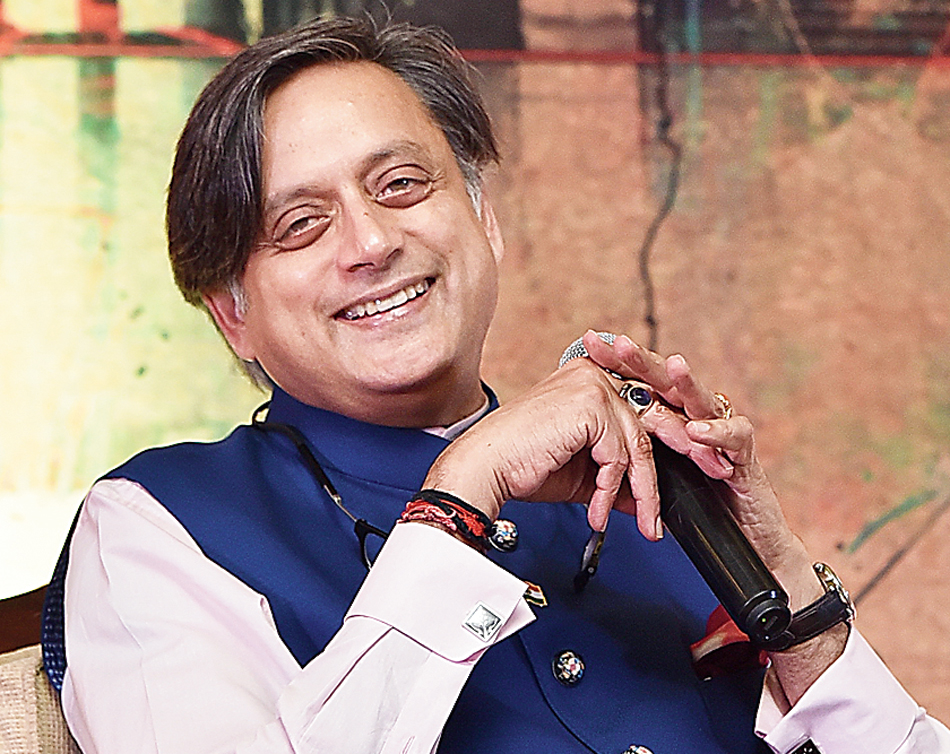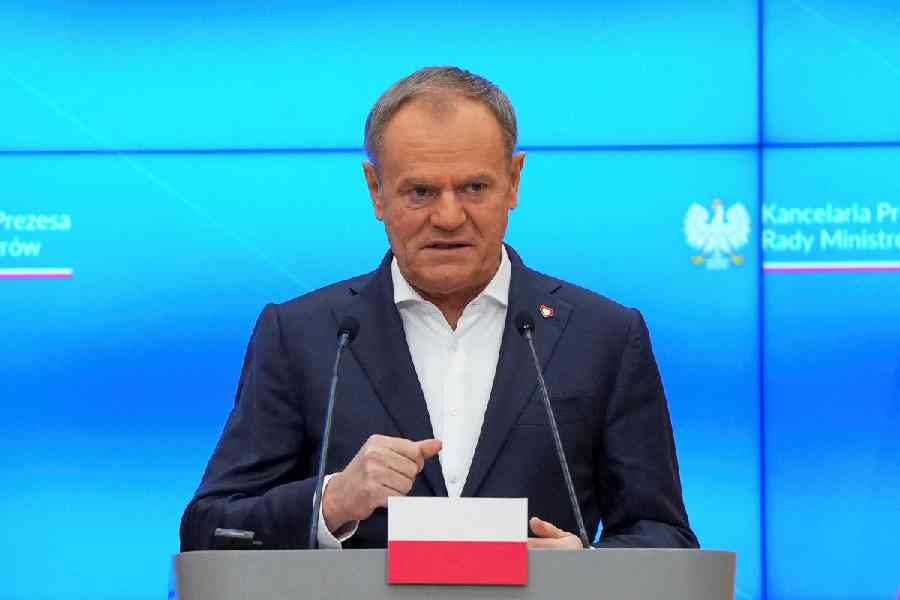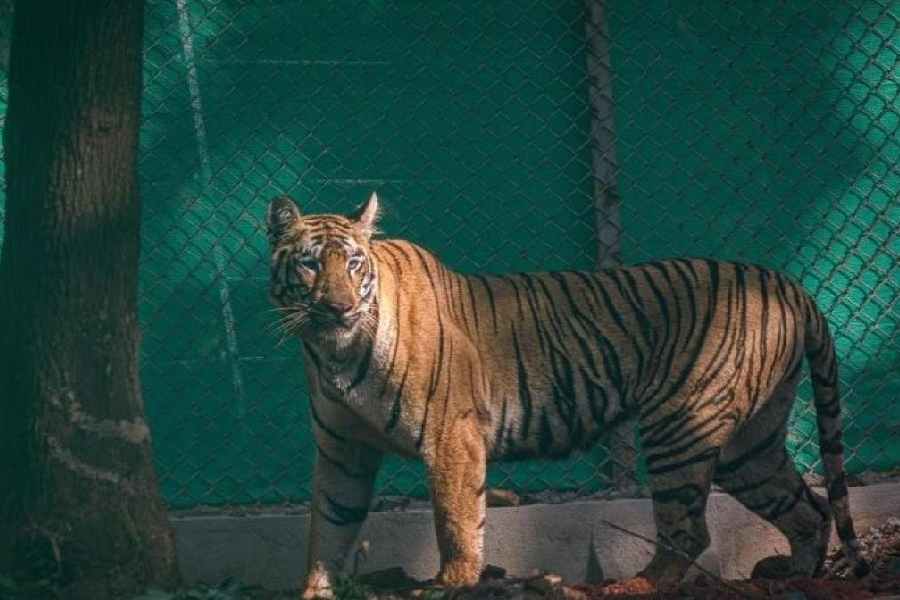August 15 fell on a weekday this year. So the Indian diasporic community in Philadelphia celebrated what it calls ‘India Day’ on August 17, a Saturday. Organised by a cultural network called the Council of Indian Organizations in Greater Philadelphia, the event took place at Penn’s Landing, an open-air auditorium overlooking the Delaware river. Coming as it did in the aftermath of the striking down of Section 370 of the Indian Constitution and the lockdown on communication and freedom of movement in Kashmir, the event represented another push by the mainstream Indian diaspora in the United States of America to maintain a narrative of allegiance with the Narendra Modi government. When we learnt of this event, a coalition of leftist South Asians got together to plan a protest — something we knew had to be done to confront those who continue to place their faith in what Indian democracy has come to be. We knew that anyone with any semblance of a critique of the ruling party would desist from participating in an event glorifying a nation that has cemented its commitment to hollowing out its democracy.
We planned to have two coordinated interventions. A group of us with American citizenship entered the gates and proceeded to the stage where the performances had begun. Positioning ourselves in front of the stage, some of us unfurled a banner and the rest began phone documentation while keeping a lookout for signs of hostility. A much larger group positioned itself at the gate, where it was legally allowed to protest peacefully. Within a few minutes — the performances going on seemingly undisturbed — organizers sporting orange shirts converged around the banner-holders and began to threaten to call the police if we didn’t leave. Soon after, the police showed up and, at the same time, an avalanche of men descended on our group, chanting nationalist slogans and punching their fists in the air. When the police escorted us out, we joined our friends outside the gate and remained there for a couple of hours. Several people spoke, including a few Kashmiris, all of whom told us that they had heard nothing from their families since the communication clampdown.
The reaction of the patriotic organizers was wholly expected. But in comparison with the virulent nature of the Hindu Right and its grass roots affiliates in India, armed with the knowledge of the State’s endorsement and their impunity, the diaspora is but a meek comprador. But it would be remiss to dismiss the power of the capital that is at the disposal of the Indian diaspora in the US, and the ends to which it is used. The CIO shies away from explicit political commitments, but it donates to the Philadelphia police, an institution with a long legacy of violence against Black people in the city. It is part of a constellation of groups endorsing cultural nationalism. The Hindu American Foundation is one of the largest and boldest of these. Tied to the Vishwa Hindu Parishad of America, it has directed its attention and financial resources to the US military veteran and Modi supporter, Tulsi Gabbard, who is vying for the Democratic candidacy in the race to the presidential elections. Then there’s Silicon Valley — the Mecca of Indians in the US — where monopoly capital meets ecological destruction, military collaboration, and the exploitation of working people.
The Hindu Right (and centre) in the US has been and will continue to be on the side of American imperialism and right-wing nationalism in their various iterations, particularly when it is generative for these grand projects to collaborate. We are in such a moment now and fielding a Hindutva sympathizer as a Democratic candidate in the US will bolster the anti-democratic narrative that the Bharatiya Janata Party is normalizing.
Those who protested formed a loose coalition made up of second-generation Indian American activists, Indian academics and scholars living in the US, various individuals whose work has brought them from South Asia to Philadelphia, and friends, partners, and allies. We also reached out to the Philadelphia socialists as well the Communist Party USA, and members from both organizations attended. This form of internationalist, anti-colonial solidarity is not something that is witnessed everyday in the US, where even socialist politics, which has seen a resurgence in the last few years, has not been able to break free of the trap of American exceptionalism that readily turns a blind eye to the struggles of the global south. In the face of this myopia, it is particularly important for scholars and activists located in the West to draw attention to and organize around internationalist understandings of the crises of capitalism and imperialism.
One thing is apparent: the ideological infrastructure of Hindu nationalism rests on a scaffolding of insecurity. When three women holding up a banner are threat enough to justify an avalanche of men intending to outnumber and overpower us, chanting slogans, and instructing us to “meet them in Srinagar,” the weakness of the scaffolding comes to light.
Those of us in the US who stand in solidarity with the sufferings of people around the world will continue to attack this weakness and produce a counter-narrative of solidarity and self-determination in the internationalist spirit of the movements against imperialism and fascism that preceded us.













